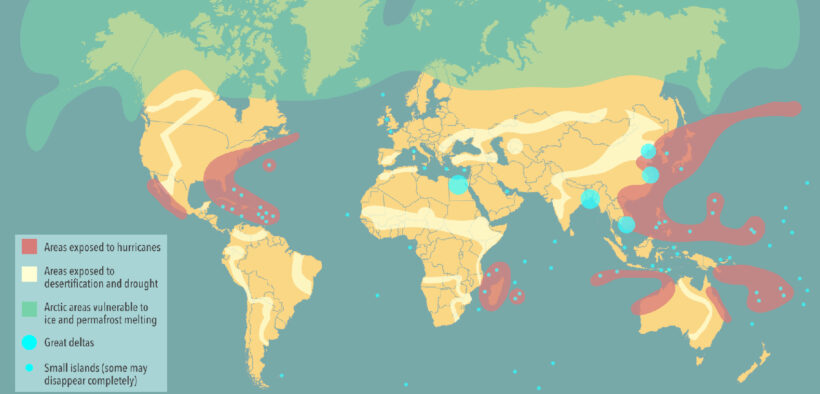Infographics have become a nearly ubiquitous accompaniment to written reports and presentations. For today’s students, visual communication skills are as important as written and verbal ones. Plus, adding an infographic to a text assignment gets students to think about the central message they are trying to convey to the reader, which can help teach them about communicating with focus—something they often struggle with.
Getting Started with Infographic Assignments

Related Articles
I have two loves: teaching and learning. Although I love them for different reasons, I’ve been passionate about...
Active learning is a mostly meaningless educational buzzword. It’s a feel-good, intuitively popular term that indicates concern for...
Perhaps the earliest introduction a student has with a course is the syllabus as it’s generally the first...
Generative AI allows instructors to create interactive, self-directed review activities for their courses. The beauty of these activities...
I’ve often felt that a teacher’s life is suspended, Janus-like, between past experiences and future hopes; it’s only...
I teach first-year writing at a small liberal arts college, and on the first day of class, I...
Proponents of rubrics champion them as a means of ensuring consistency in grading, not only between students within...








